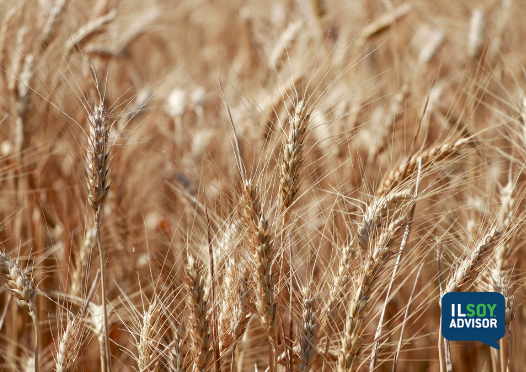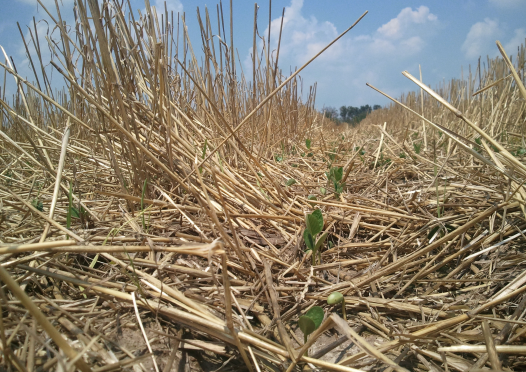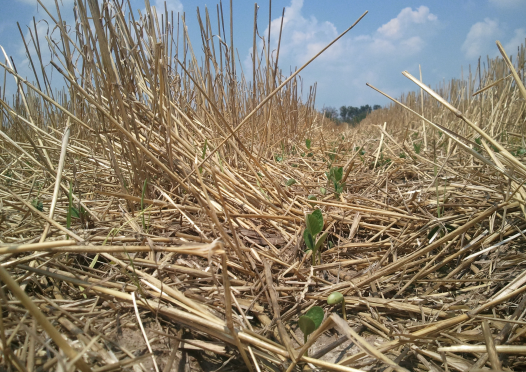ILSOYADVISOR POST
Selecting Double-Crop Soybean Varieties
Wheat harvest will be early this year, so now is the time to think about what soybeans varieties you want to double-crop after wheat.
Historically, many farmers have thought of double-cropping soybeans after wheat as a gamble. Wheat harvest used to happen close to the first week of July and planting soybeans after that July harvest date was risky due to weather concerns and stand difficulties. Before the advent of patented, protected varieties, many farmers just backed up to the grain bin and planted whatever seed they had left in storage. It was a gamble.
However, after public non-GMO varieties became unavailable, farmers wishing to double-crop were faced with a new dilemma, seed cost. And with tech fees added in, farmers began to investigate how to buy beans cheaply to plant after wheat. In some instances, seed companies ran “specials” or “deals” on seed beans later in the season to get farmers to support double-crop acres at a reduced price. For many years, double-crop seed selection was not based on any agronomic consideration, just an economic one—price per unit of seed.
While farmers were conditioned to focus on lowering seed cost for double-crops, wheat harvest began to get earlier by small margins until the last few years. Now it’s taking place between the end of May and the middle of June. Essentially, the same time growers plant their full-season beans. However, due to habit, farmers have still focused on reducing seed cost for those acres. Now farmers need to shift their focus from seed price alone to agronomic considerations.
Yield potential should be the driving force behind initial seed selection for double-crop soybeans, just as for full-season beans. Growers should also focus on some traits like herbicide resistance as they make their herbicide plans for each field. They should also remember they are no-tilling into a lot of residue and tough soil conditions, so look for good emergence scores.
Since you only get one chance to plant double-crop beans, you should look for plants that are bushy to help with light capture for plant development. And personally, I look for a tall bean to plant. Often with the wheat straw residue growers want that plant to get up and out of the straw. Seed treatment should also be a consideration. Remember, you are planting into a very harsh environment with double-crops.
In reality, we need to apply the same seed selection process to selecting our double-crop soybean seed as we do our conventional or full-season soybean seed. There can be little difference in our planting dates and the yield potential is much higher than it was 20 years ago. Farmers who are still selecting double-crop seed based on price alone could be missing out on bushels and income by getting genetics that are cheap, but not suited for double-cropping.
Kelly Robertson is a Certified Professional Agronomist and a Certified Crop Adviser. He has a Masters of Science (MS) in Plant and Soil Science and has spent 25 years as a soil fertility agronomist and precision agriculture consultant in southern Illinois while also spending 4 years as a Farm/Agronomy Manager and GIS Coordinator for a large farm in southeastern Illinois.





Comments
Add new comment